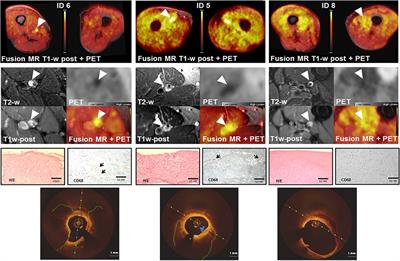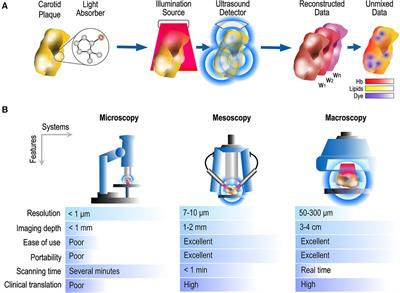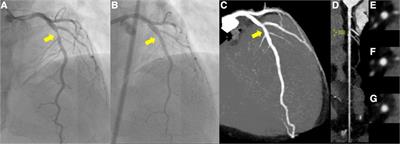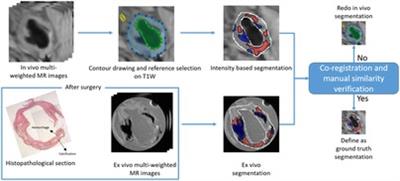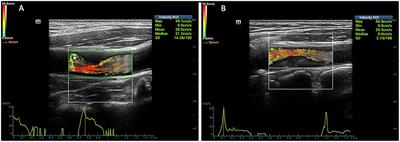ORIGINAL RESEARCH
Published on 26 Jun 2024
Risk factors for thrombotic events in systemic lupus erythematosus patients with antiphospholipid antibodies: insights from morphometric measurements of carotid arteries
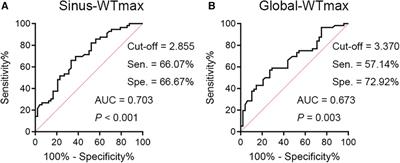
doi 10.3389/fcvm.2024.1373097
- 744 views
